

Suraj Saigal explores some of the hidden treasures of Barcelona
Most European vacations are a blur of city-hopping and ‘must-do’ sightseeing. Not for us, at least not this time, when we returned to Barcelona after a two-and-a-half-year gap. Landing in Madrid, we spent our first week in the usual, edge-to-edge dash-around, exploring what was a ‘new’ city for us. We took in three major museums – including the world-renowned Prado and the much smaller but more satisfying Thyssen-Bornemisza – and even made a day-trip to the lovely medieval town of Toledo. By the time our high-speed RENFE train pulled in to Estació Sants, however, our internal tempo had shifted completely. Our sole aim for the next 15 days was to ‘go native’. The focus was to unwind, eat (really really) good food, and fully imbibe the local spirit.

It helped that we managed to book the very same, 2-bedroom Airbnb rental we had used the last time: knowing where the light-points and dishwater controls are, where to buy quality groceries, and which metro stop to take allows you to settle in faster. But what truly made the difference was having already seen most of Barcelona’s major sights – which meant there was no FOMO (fear of missing out) pressure to deal with. Each day would begin with a leisurely breakfast, a bit of house-work, and a slow charting-out of plans. Rarely would we step out before 10am, which translates to mid-day on the ‘tourist clock’ that usually guides us. The icing on the cake was a temporary local gym membership – a process that involved using Google Translate fairly intensively – and a decision to use public transport, including buses, almost exclusively. Having to visit a police station to report a pick-pocketed iPhone, however, was a less-desirable aspect of ‘going local’.

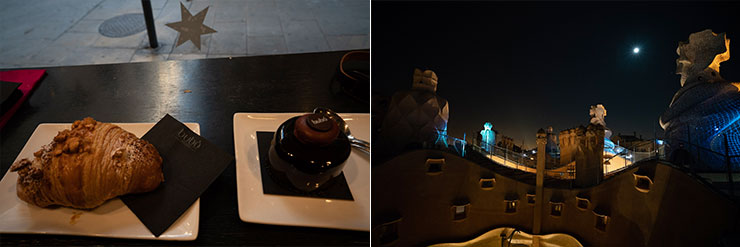
There is no shortage of must-do’s, from walking around the medieval Gothic Quarter (or ‘Barri Gotic’), to visiting the unfinished but astonishing Sagrada Familia, Gaudi’s most famous work. (Although construction started in 1882, the Sagrada is slated for completion only in 2026, by when it will rise to become the world’s tallest church.) With careful planning, it is possible to skim most of the highlights in two days, though taking in some of Barcelona’s many museums – MACBA, MNAC, the Picasso Museum and the Joan Miro Foundation, among others – would require an additional 1-2 days at the very least. Several parks, including the Ciutadella Park in the heart of the old city, which merges into the zoo, and Park Guell, deserve mention. An aquarium and a maritime museum, both by the harbour, are also time well spent, as is the quirky Museo de la Xocolata, which is dedicated to the history of chocolate. For football fans, a visit to the hallowed Camp Nou, home of FC Barcelona, is de rigueur.
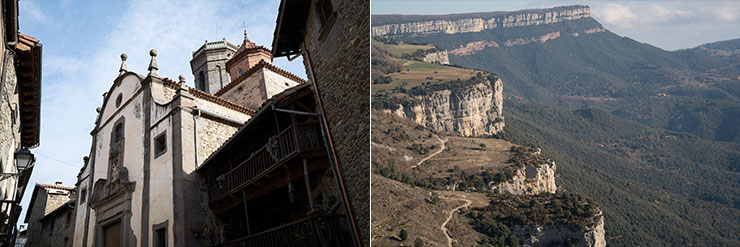
It is by stretching out a visit, though, that Barcelona’s hidden delights start to reveal themselves. Start with the food. At one end of the scale lies Tickets, which serves highly inventive, Catalan-inspired fare. Run by Albert Adrià, formerly of El Bulli – widely regarded as the world’s greatest restaurant, until it closed down in 2011 – Tickets has turned food into fine art, but is notoriously difficult to book. (Securing a reservation means visiting the restaurant’s portal at precisely midnight Barcelona time, exactly 60 days in advance, because tables sell out in seconds.) A host of other Michelin-star restaurants dot the city, including Roca Moo at the Hotel Omm, and Dos Palillos, which brings a spectacularly Spanish twist to Japanese cooking. Botafumeiro serves some of the finest – but also the most expensive – seafood in this Mediterranean town.
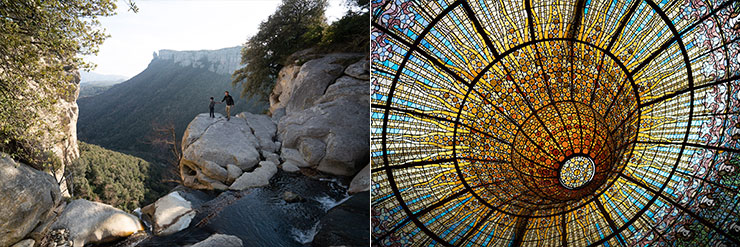
But eating well in Barcelona does not necessarily mean paying through the nose for it. Our two most memorable dining experiences were at La Cova Fumada, a hole-in-the-wall seafood restaurant in the rough, beach-side Barceloneta district, and at Quimet y Quimet, a third-generation, family-run, standing-room-only tapas bar. Neither takes reservations, so you must show up just before opening time to find place. Also highly recommended is visiting Barcelona’s food markets, where produce merchants operate side-by-side excellent little food stalls. La Boqueria market is the best known – Madrid’s equivalent is Mercado San Miguel – but most major districts have their own, less touristy, more down-to-earth versions.
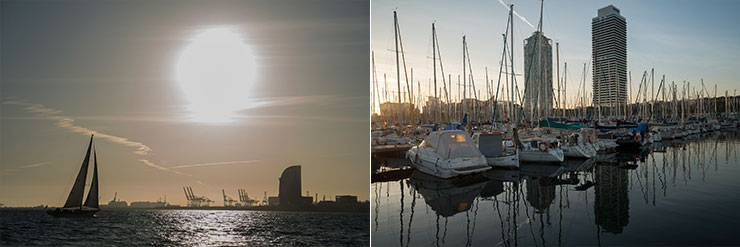
When it comes to shopping, it is easy enough to find global brands in Passeig de Gracia, Barcelona’s upscale high street, or at one of the branches of El Corté Ingles, a major Spanish department-store chain. However, the real treasures – small, local designers selling offbeat clothes, shoes, jewellery and household accessories – lie in the narrow, winding streets of the Born, Raval and Gotic districts. Incidentally, that’s also where you’ll find the city’s quaintest cafés, its finest gourmet coffee (at outlets such as Nomad, Black Remedy, and the devilishly good Satan’s Coffee Corner), and the very best churros-and-hot-chocolate.
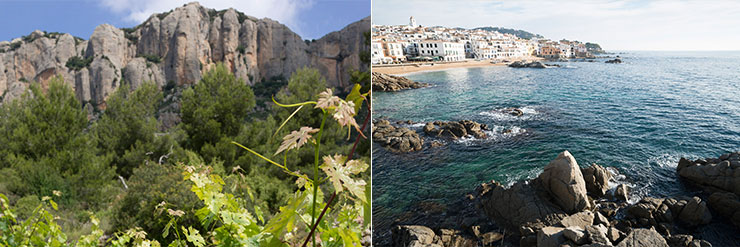
The countryside around Barcelona is just as impressive as the city itself. Cruising along the Costa Brava, or ‘wild coast’ to the north, you will find countless small towns and villages hugging the most stunningly clear, emerald-green stretches of sea. Hiking the surrounding hills, kayaking these beautiful waters, or simply enjoying the white-sand beaches, are all solid options for a day or two spent out of town. Girona, with its medieval churches and Jewish quarter, formed the backdrop for a few Game of Thrones episodes, and is another worthy day-trip. Figueres, the surrealist painter Salvador Dali’s home-town, is home to a theatre-museum celebrating his work, though we did not manage a visit there ourselves. Several tour operators, including the highly recommended Spanish Trails, also organise hikes, ending in a hearty countryside lunch, in gorgeous national parks about an hour outside Barcelona. To the south lie Sitges and Girona, ancient seaside towns with thriving nightlife, and just a half-hour away is the gorgeous mountain-top monastery of Montserrat.
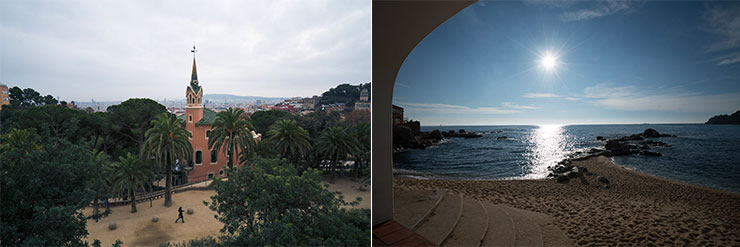
But for us, the greatest discovery of the trip was the Priorat region, a two-hour drive to the south-east, and one of only two regions in Spain – the other being Rioja – that qualify for the prestigious DOQ label that marks out high-quality wines originating in a specific geographical area. What distinguishes the Priorat is its uniquely harsh slate-and-quartz terrain, and vines here must struggle to survive, burrowing their roots down several metres through rock in search of water and nutrients. The tough conditions give new meaning to the term ‘survival of the fittest’, and yields are exceedingly small, but also exceedingly fine, producing heavy, complex red wines. Travelling again with Spanish Trails, we met two wine producers, who personally walked us through their vineyards, and dined at a third, before hitting the road for a drowsy ride back to lovely Barcelona.
Text and photographs are by Suraj Saigal, who works as a Consultant at IMA India
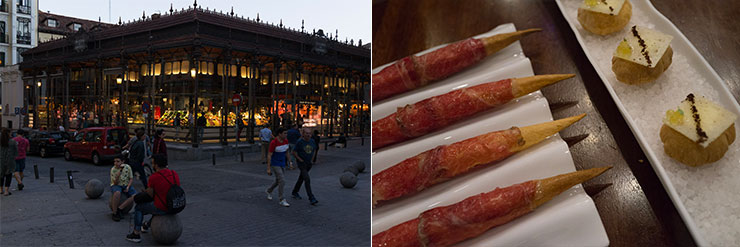
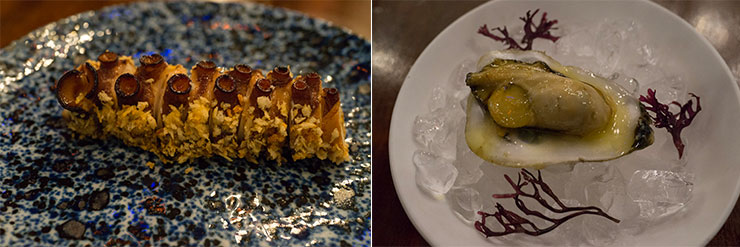
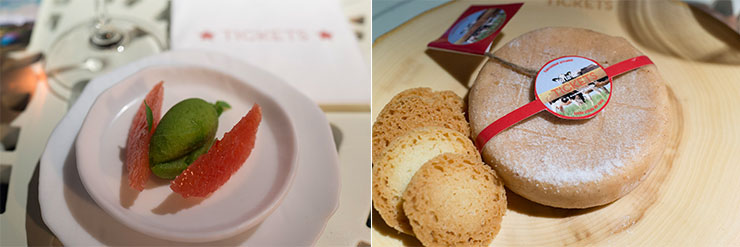
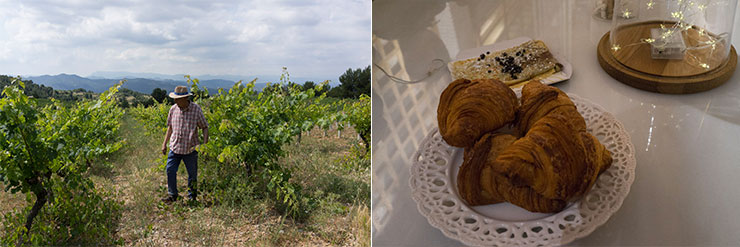
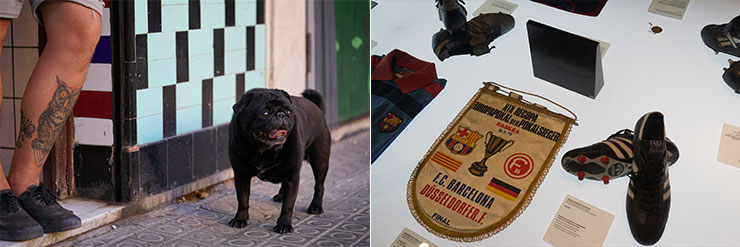

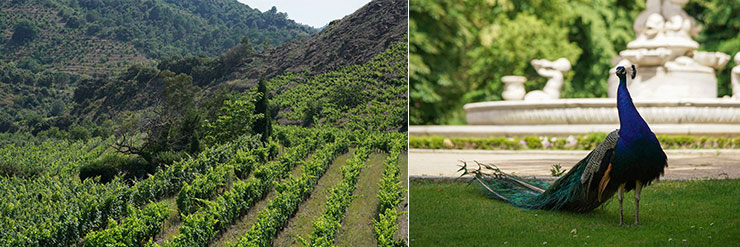
AFTER HOURS
Most European vacations are a blur of city-hopping and ‘must-do’ sightseeing. Not for us, at least not this time, when we returned to Barcelona after a two-and-a-half-year gap.
Our monthly roundup of new gadgetsGADGETS
Apeman
D.A.D. 2
THINK TANK
PEOPLE
INSIGHT